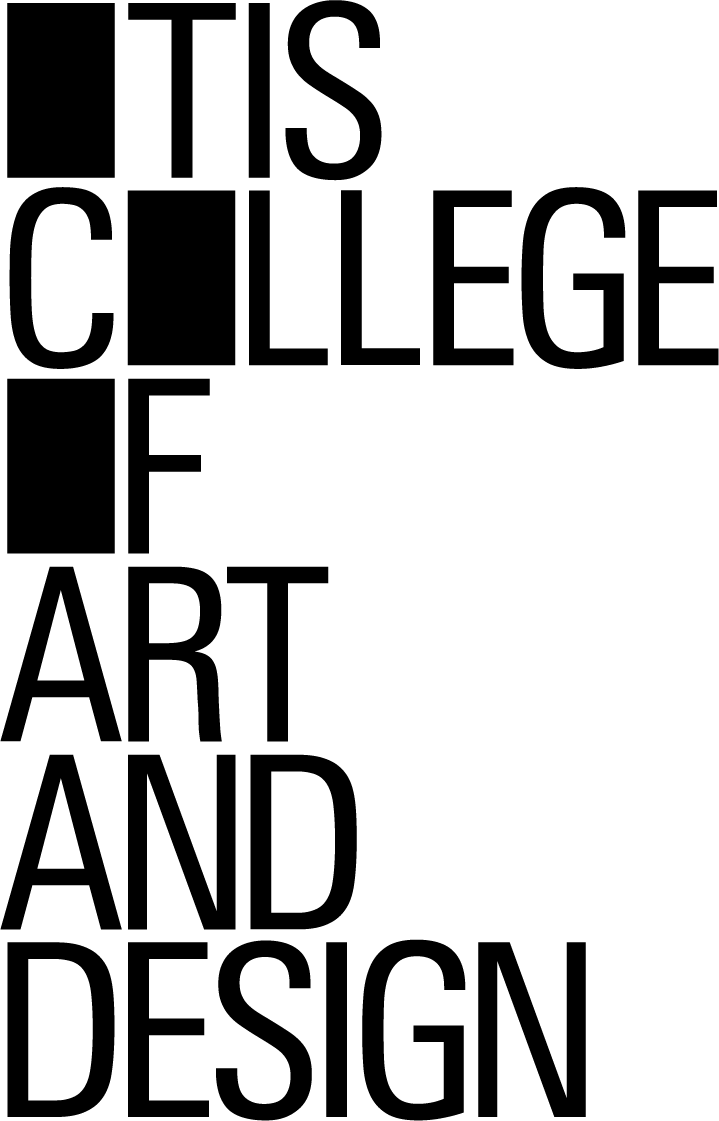Blog Archives
Brainstorming Ideas And Turning Them Into Concepts
 All games start out as ideas. Some games come from one powerful idea, but most are formed by combining many ideas to create a unique whole. It’s very possible that initial ideas will be (or should be) abandoned, and lots of new ideas will be considered during the process. It is usually the responsibility of a game designer to come up with ideas for a new game, but often the entire development team participates in generating ideas during what is called a brainstorming session. At one game development studio I worked at, Jet Morgan Games, we always kicked off a new game project for a client by inviting everyone in the company — designers, producers, programmers, artists, even the bookkeeper — into the conference room for an initial brainstorming session.
All games start out as ideas. Some games come from one powerful idea, but most are formed by combining many ideas to create a unique whole. It’s very possible that initial ideas will be (or should be) abandoned, and lots of new ideas will be considered during the process. It is usually the responsibility of a game designer to come up with ideas for a new game, but often the entire development team participates in generating ideas during what is called a brainstorming session. At one game development studio I worked at, Jet Morgan Games, we always kicked off a new game project for a client by inviting everyone in the company — designers, producers, programmers, artists, even the bookkeeper — into the conference room for an initial brainstorming session.
Brainstorming is a group creativity technique in which members work together to find a solution to a specific problem by gathering a list of ideas spontaneously contributed by everyone in the group. In games, brainstorming is used to generate a large number of ideas about game’s concept, mechanics, setting, characters, etc. The term “brainstorming” was popularized by advertising executive Alex Faickney Osborn in the 1953 book Applied Imagination.
Osborn’s method of brainstorming has four general rules:
- Focus on quantity: Try to come up with more ideas than you think you need because you may discover you need them later. You may find that some ideas that sounded really good during a brainstorming session turned out not to be so good when they’re actually implemented, and you’ll have to turn to other ideas.
- Withhold criticism: Don’t inhibit members by judging their ideas, even if they seem unrelated to the problem you’re trying to solve. Besides, ideas that sounded bad during a brainstorming session may actually turn out to be the ones that lead to solution that your are trying to solve.
- Welcome unusual ideas: “Outside the box” ideas are great, even if they seem unworkable or inappropriate, because they can help stimulate other ideas.
- Combine and improve ideas: This is why you don’t rule out any idea as inappropriate, unworkable, or bad. All ideas can serve as fuel for generating better ideas.
Here is a brainstorming exercise I do with my students at The Los Angeles Film School.
I divided my students into groups of three and ask them to come up with 100 game ideas in one hour. I give them 100 ideas as their goal so that they will stay focused on quantity rather than quality, and I keep the time limited so that they don’t spend too long on the exercise. I want them to keep a fast pace. However, I do give them the restriction that it needs to be a game that their group can develop within a two-week period (the remainder of the course).
I allow them to leave the room and go to a more playful environment, such as a lounge or somewhere outside. Anywhere that can help stimulate their imaginations. I do require for them to write down their ideas. Ideally, they should use a whiteboard because it’s best to put ideas on a wall for everyone to see, but that’s not always possible, so I allow them to use index cards, post-it notes, or just sheets of paper.
When they return from their completing their assignment (in all the times I’ve given this assignment, no student group has failed to come up with 100 ideas), I tell them not to get too attached to their ideas, because they are going to narrow it them down their lists. I explain that while there is no such thing as a bad idea during the brainstorming session, there are lots of reasons to set aside ideas afterwards:
- Technical Feasibility: The programmers don’t know how to implement the properly.
- Market Opportunity: The marketing people doesn’t think there’s a market for the idea.
- Artistic Considerations: The development team decides they just don’t like the idea.
- Design Experience: The designers don’t think they can make engaging gameplay based on the idea.
- Innovation Needs: The idea just isn’t innovative enough to stand out from the competition.
- Marketing Goals: The idea doesn’t fit in with the company’s long-range marketing plan.
- Business and Cost Restrictions: The projected revenues for the idea are less than the projected costs of implementing it.
With these idea filters in mind, I then have the students edit their 100 game idea lists down to the top 5 to 10 ideas and discuss each thoroughly. I have ask them to remain positive during their discussions and discuss the strengths of each idea.
Next, I have them narrow down their list down to their three favorite ideas and for each one, write a 3-to-5 concept treatment describing the game’s theme, play mechanics, controls, art style, storyline, and audio.
If I had more time in my class, I’d have them create a mock advertisement and packaging for their game and then hold focus group sessions with target customers to determine which ideas resonated with them more. If you are working for a real game development company, this may be something you should try so that you have a better idea about the appeal of your game idea before you spend too much development money on it.
Sorry, There Is No “Idea Guy” Position In The Game Industry
 Whenever I meet a new group of game production students at The Los Angeles Film School, I ask them what role they want to have in the game industry. Every so often, I get one who says, “I’m really good at ideas. That’s what I want to do in the game industry: be the guy who comes up with the ideas for games, stories and characters.”
Whenever I meet a new group of game production students at The Los Angeles Film School, I ask them what role they want to have in the game industry. Every so often, I get one who says, “I’m really good at ideas. That’s what I want to do in the game industry: be the guy who comes up with the ideas for games, stories and characters.”
Well then, stand in line behind the game designer, the programmer, the artist, the sound engineer, the quality insurance tester, and the project manager, all of whom bring valuable skills to the development team, because they all have ideas too.
Everyone has ideas. Good ones. Lots of good ones. As an exercise for my introductory game design class, I divide my students into groups of three and ask them to come up with 100 game design ideas in an hour. No one has failed the assignment yet.
Now, there is a game designer position whose responsibilities is to come up with game ideas; however, in practice a game designer is often given an idea to develop, either because the game was the idea of the boss or someone else on the team, an adaptation of a movie or another type of intellectual property, or a sequel to an existing game.
Even when the designer is tasked with coming up with an original game concept, the entire development team might be involved; after all, they are the ones who will be required to develop it, and they have probably have lots of good ideas too from the many games they have collectively played. When I worked as a producer at Jet Morgan Games, we would call the entire company into the conference room — producers, programmers, artists — to brainstorm ideas for projects we were pitching to our various clients.
But let’s say that you and only you are responsible for coming up with the game ideas at a game studio. What do you think you will be doing while the rest of the development team is actually creating the game? Coming up with new ideas to choose from when the team is finished eighteen months from now?
Ideas are, as they say, a dime a dozen, and no one is going to pay you to come up with one. What employers and clients pay for is the ability to execute ideas; that is, turning an idea into a finished product, preferably one that is popular enough that it will earn more revenue than it cost to develop.
If you want to get a job developing games, you need to have the skills necessary to do one of these positions:
- Game Designers define the way the game is played and the player experience. They develop the rules of the game, the setting, story and characters, objects such as weapons and vehicles, different ways the game may be played. This is more than just coming up with the game’s “idea”; it is coming up with all the details about how the game works. Even after the game is fully designed, the game tester is busy running playtest sessions with other players and refining the game based upon the session results.
- Level Designers are a sub-specialty of game designers who uses a level editor tool to not only create levels (environments) for a game, but may also program scripted events for player interaction with game objects.
- Game Writers write character profiles, backstories, main stories, mission and item descriptions, dialog, instructions and all other text appearing in a game.
- Game Programmers, or Developers, use programming languages such as C++ to develop code for implementing the design and displaying graphics and audio for video games. They also develop related software, such as game development tools like level editors and game engines.
- Game Artists create the visual elements of a game, such as characters, scenery, objects, vehicles, surface textures, clothing, props, and even user interface components. They also create concept art and storyboards which help communicate the proposed visual elements during the pre-production phase.
- Sound Designers are responsible for a game’s music, sound effects, and dialog. They may use audio libraries for finding music and sound effects, or they may compose music or record sounds themselves.
- Testers, or Quality Assurance personnel, verify that all of the game’s planned features and assets have been implemented and work properly.
- Project Managers, or Producers, oversees the entire project and ensures that the team is delivery quality within the time and budget constraints. They run meetings, write reports, and manage budgets, work schedules and project timelines.
Any one of these people can come up with an idea for a game. But if that’s all you can do, then you need to develop additional skills if you want to work in the game industry. Game development teams are very collaborative, and if you can’t contribute to a game’s execution, you’re not yet ready to contribute to its conception.





